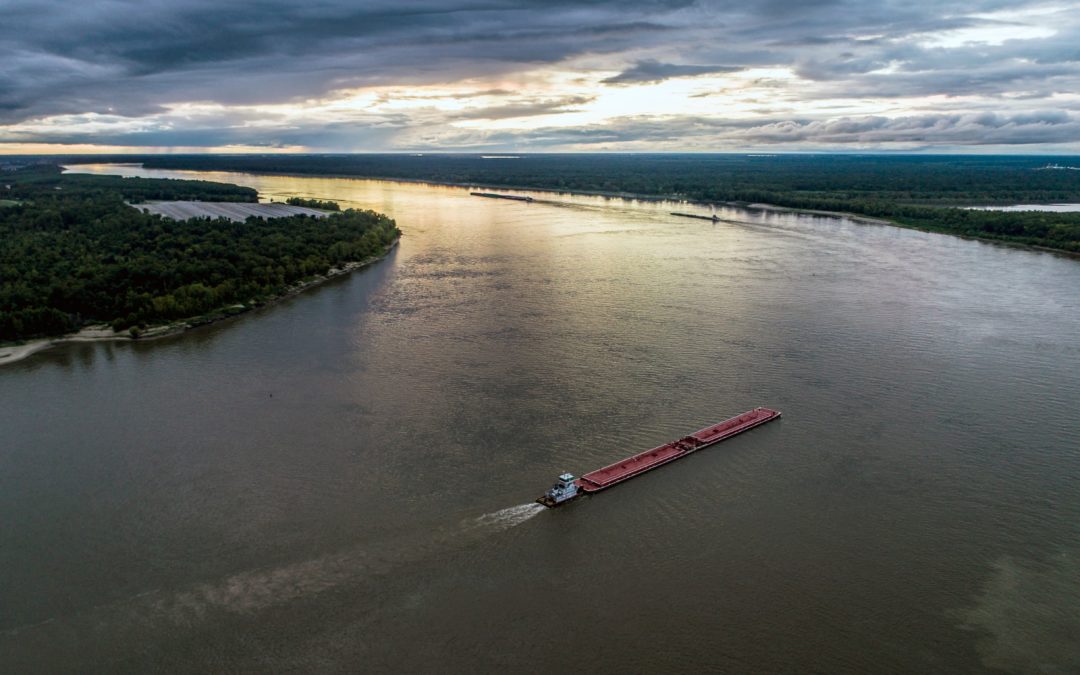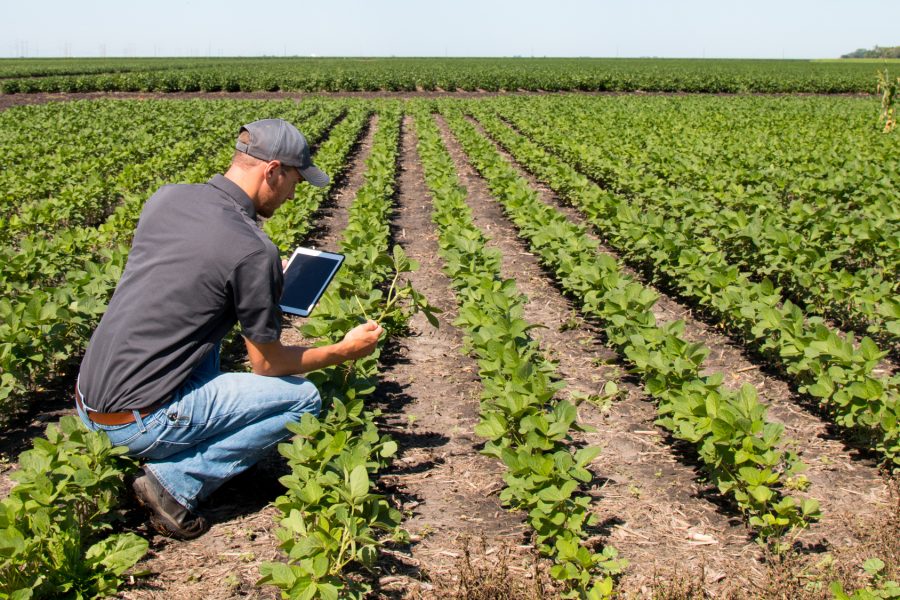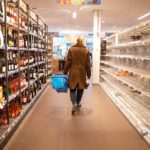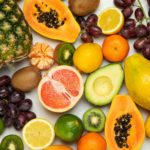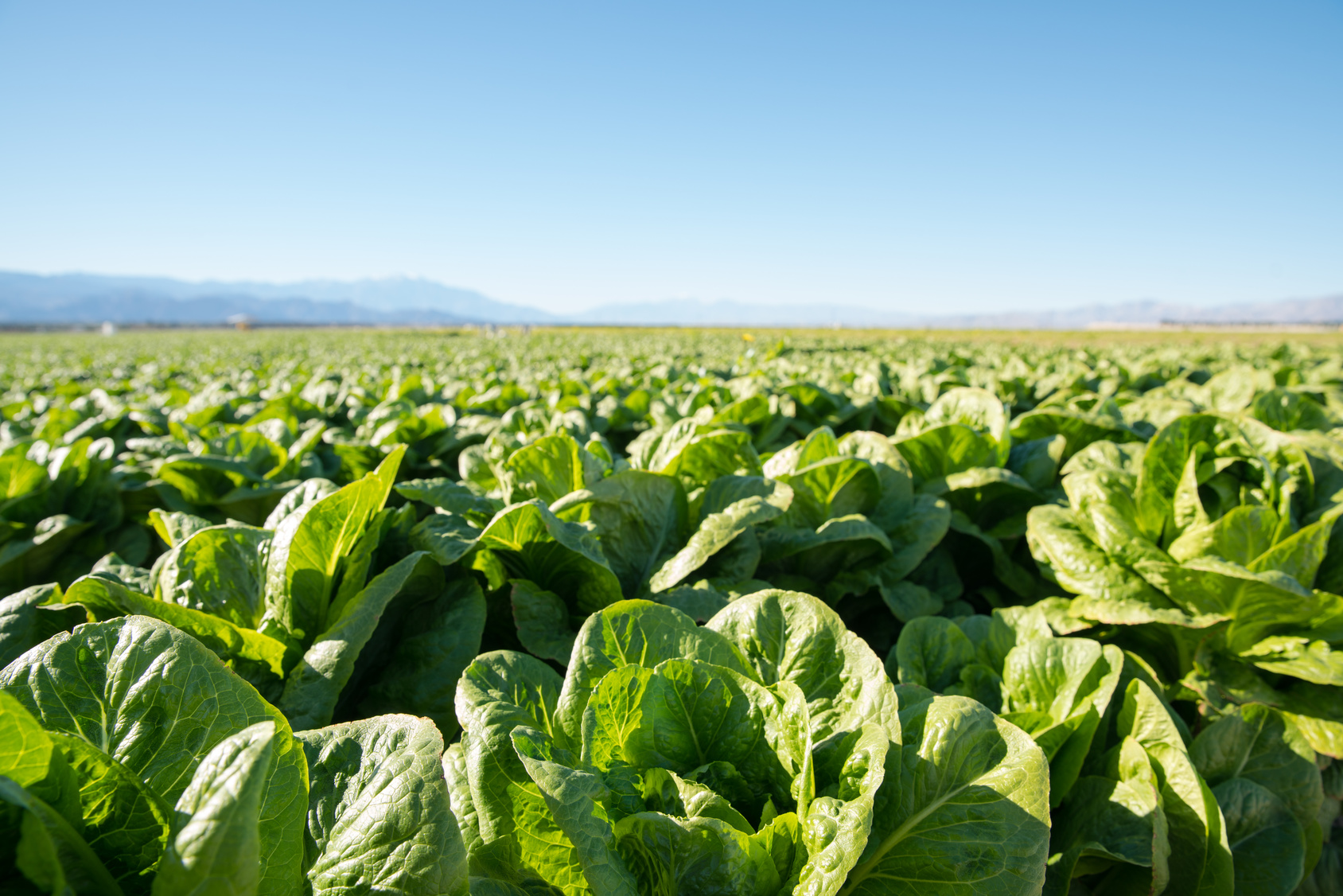I love rivers. I grew up in Louisiana on the Mississippi River. Our cotton fields bordered the levee. When I was working in those fields I would always eat my lunch on the levee so I could watch the massive river rolling by peacefully.
This week I have friends posting pictures on Facebook of themselves walking across the riverbed right there off that same levee where I ate my lunch. It is shocking to see. Persistent drought has reduced the Mississippi, Ohio and Missouri Rivers to historically low levels.
The drought is not just impacting rivers, farmers in the Midwest were hit hard this year. “Total U.S. feed grain production in 2022 is forecast down 1 million tons in the October World Agricultural Supply and Demand (WASDE) report, on lower corn and sorghum yields, due to difficult summer drought conditions across the central United States.”
This growing season most of the world has experienced excessive heat and drought. Europe experienced its worst drought in 500 years. China is losing some of its hydro power because the Yangtze River is at such low levels. Plants need water to grow and produce grains, fruits and vegetables.
At iSelect, water conservation is an area of focus for us. We have a variety of technologies in our portfolio designed to reduce reliance on water in farming, reduce the use of water in agricultural processing and improve farmers’ ability to use less water to grow their crops.
When we started looking at this issue, we were largely driven by sustainability concerns. Lots of consumers love rivers like I do. Restoring them so wetlands are rejuvenated, algal blooms are a thing of the past and rivers like the Colorado run all the way to their deltas were issues that led consumer packaged goods companies (CPGs) and other industry players to start to make commitments about water conservation and chemical pollution to their customers. We saw investing in the technologies that helped the CPGs meet their goals as a good opportunity.
No one on our team expected that global droughts would impact farm productivity as quickly as has actually happened. It was a luxury when our view of sustainability was focused on restoring water habitats and preserving rivers. This year has made us painfully aware that sustainability also means being able to grow enough food to feed everyone a healthy diet at affordable prices.
Thank goodness those CPGs started making commitments to consumers a few years ago. We at least have a start on developing technologies to help farmers grow more food while using less water. But we have a long way to go still and a lot more investments to make to solve this problem.

